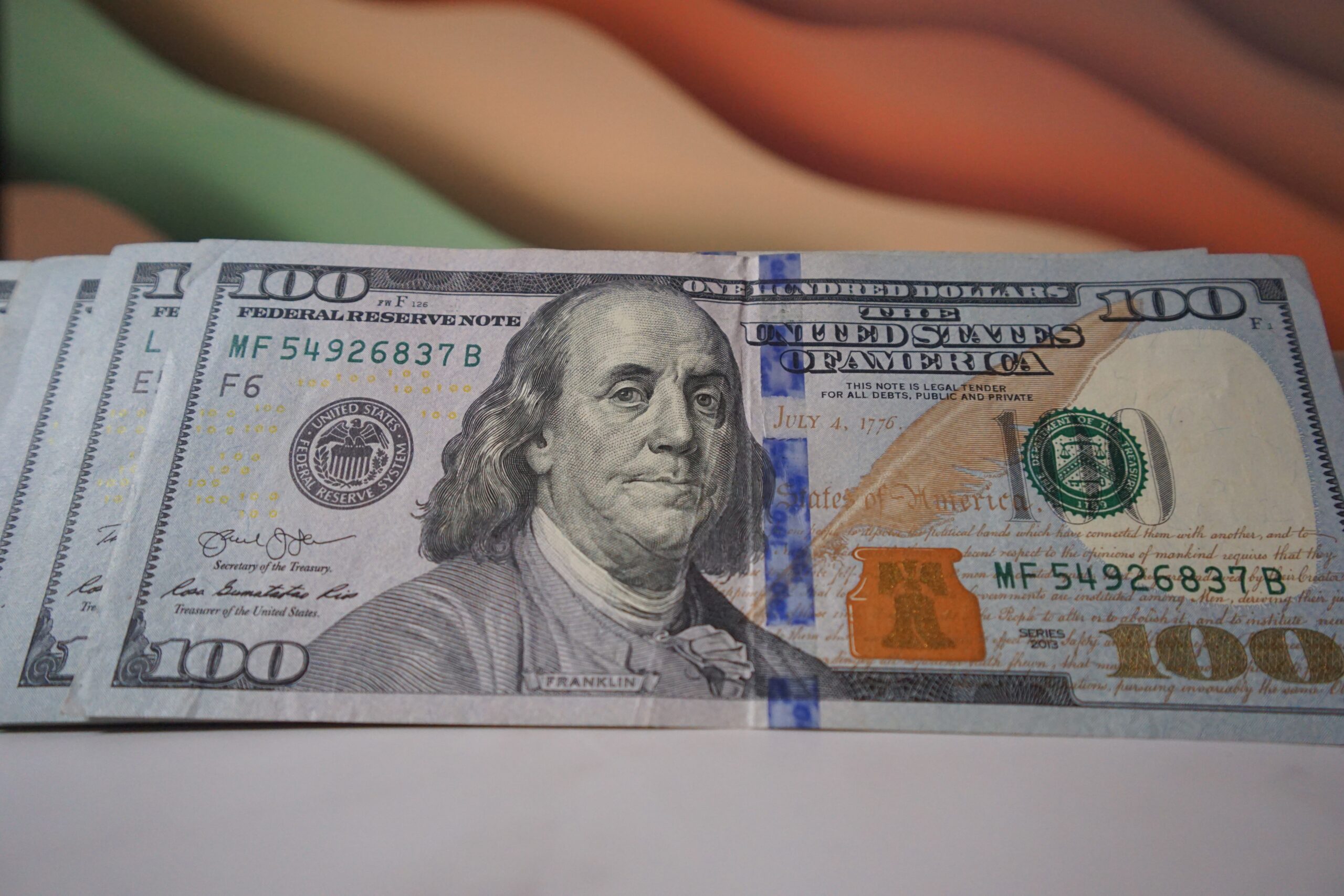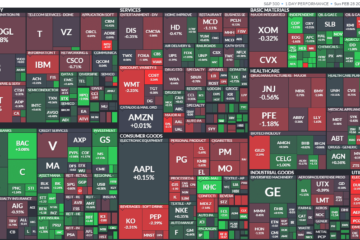The Dow Jones Industrial Average is something that you have probably seen on the evening news or heard about on the radio during the news section. It might seem like a big financial topic that only the elite financiers know about, but it really isn’t too difficult. So let me explain what the Dow Jones Industrial Average is.
What is the Dow Jones Industrial Average (DJIA)?
The DJIA was invented in 1896 by Charles Dow and Edward Jones. Charles Dow was an editor for the Wall Street Journal and Edward Jones was a statistician.
They compiled a list of 12 companies together that were among the largest in the world at the time. Together these companies made up the Dow Jones Industrial Average.
The DJIA was made to be an index (or benchmark) of a bunch of different companies. It was compiled to have a good idea of how well the overall economy was doing without looking at each individual stock.
Today, the DJIA is still around, but instead of having just 12 companies, it has 30 of the largest companies in the world.
The DJIA is simply a way to measure how well the overall economy and/or stock market is doing without looking at each individual company that is out there.
But even though that might sound great, it’s not the only way that you can assess how well the stock market is doing.
In fact, most financial planners believe that the Dow Jones Industrial Average is not a great way to look at the health of the overall economy. After all, there are only 30 really big companies in the index. And there have been many times that those companies are doing really well and making big profits while the rest of the economy is struggling.
However, the DJIA is simply a lens to look through when assessing an investment portfolio and the overall economy. You need to look at a number of different stats including (but not limited to) the:
- S&P 500
- Russell 2000
- Unemployment Rate
- Treasury Yields
- GDP
- Etc.
What Companies are in the DJIA?
The companies in the DJIA have changed through the years. In the beginning (1896) there were only 12 companies. They were:
- The American Cotton Oil Company
- The American Sugar Refining Company
- American Tobacco Company
- Chicago Gas Light and Coke Company
- Distilling and Cattle Feeding Company
- General Electric
- The Laclede Gas Company
- National Lead Company
- North American Company
- Tennessee Coal, Iron and Roadway Company
- The United States Leather Company
- United States Rubber Company
Currently there are 30 companies in the DJIA. They are:
- 3M
- American Express
- Amgen
- Apple
- Boeing
- Caterpillar
- Chevron
- Cisco
- Coca-Cola
- Dow Inc.
- Goldman Sachs
- Home Depot
- Honeywell
- IBM
- Intel
- Johnson and Johnson
- JPMorgan Chase
- McDonald’s
- Merck
- Microsoft
- Nike
- Proctor and Gamble
- Salesforce
- Travelers
- UnitedHealth
- Verizon
- Visa
- Walgreens
- Walmart
- Walt Disney
Final Thoughts
What can you do with this information?
If you are looking for a stock to buy but can’t make up your mind to which one, consider buying an index. If you happen to buy a Dow Jones Industrial Average index fund or ETF, you will be buying a little sliver of each of these companies.
That means that if one of the companies were to go downhill and become bankrupt (which would be incredibly unlikely) you will still have 29 other companies to rely on.
Indexes like the DJIA are great for spreading out your risk. I own a lot of money in several different indexes (including the DJIA).
You can do this!
I am here to help!
Until next time!



0 Comments